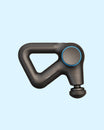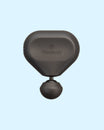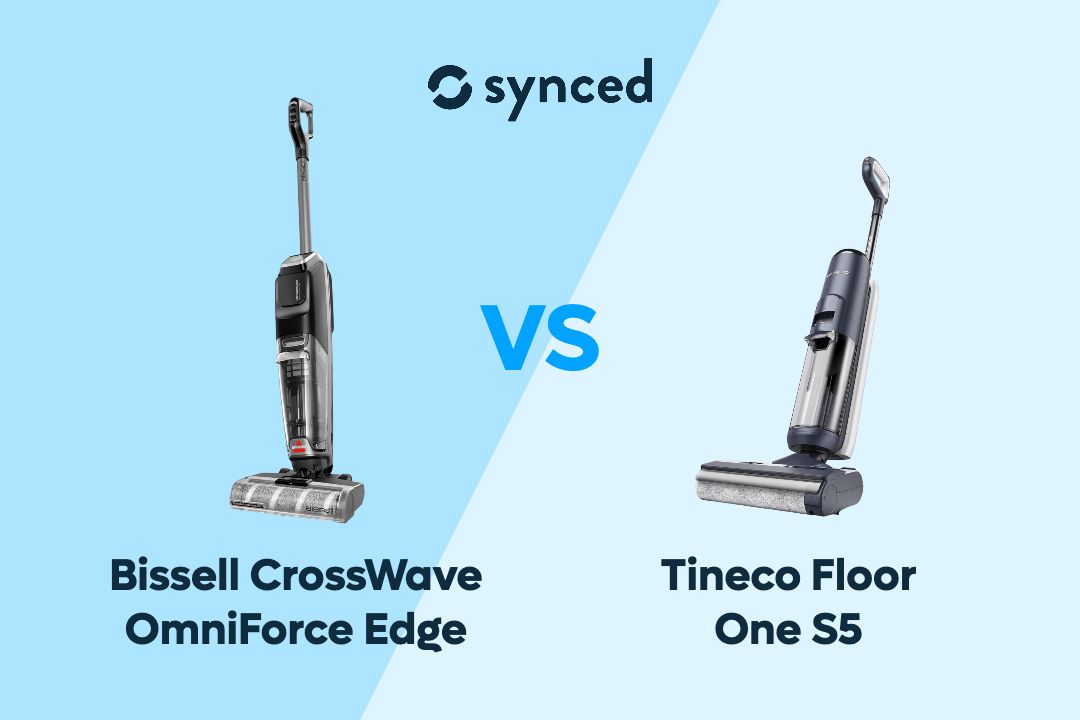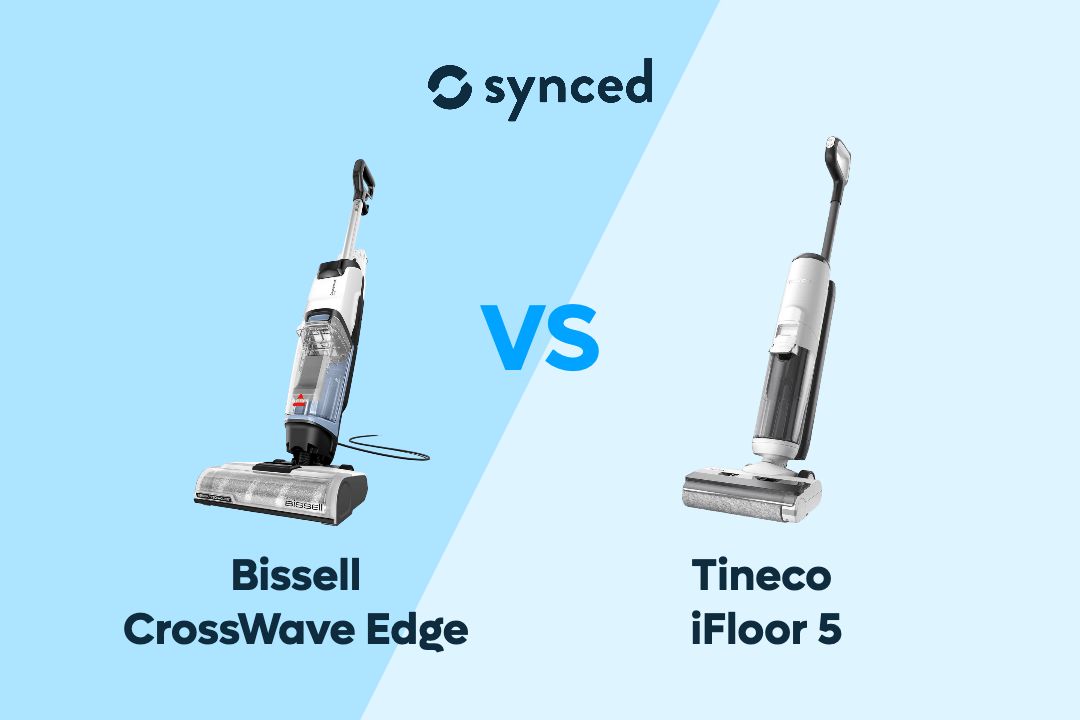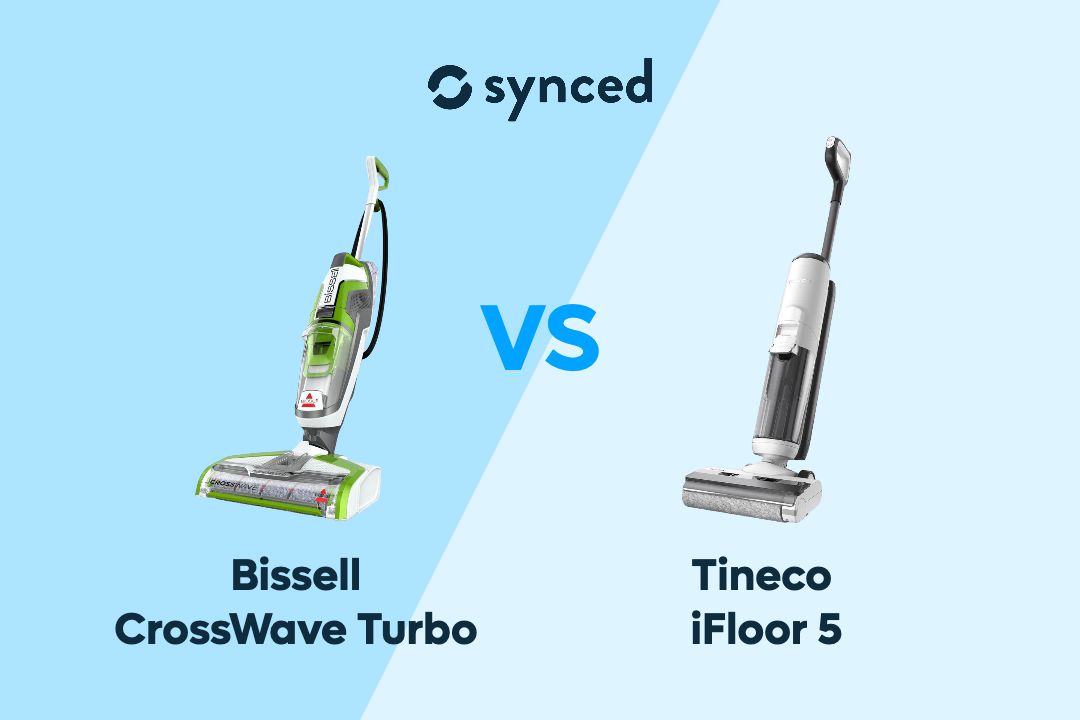TCL QM8 vs Hisense U8N: High-Performance TV Battle
By Elisabeth Christ
Updated September 2024

When it comes to modern TV technology, both the TCL QM8 and Hisense U8N are among the most advanced models on the market. The TCL QM8 boasts mini-LED backlighting, stunning peak brightness, and impressive smart features. On the other hand, the Hisense U8N, with its robust performance and dynamic image capabilities, is a strong competitor. Both sets are geared toward enhancing your home theater experience with breathtaking visuals and immersive sound. Here’s how these two titans compare across key areas like design, picture, and more.
Key Takeaways
Both the TCL QM8 and Hisense U8N are strong contenders, offering mini-LED technology, Dolby Vision, and peak brightness levels that make them ideal for both gaming and home cinema use. While the QM8 leans on its sleek design, ultra-bright display, and robust gaming features, the U8N emphasizes detailed picture processing, future-proof connectivity with ATSC 3.0, and superior built-in audio. Each has its strengths, ensuring that users will enjoy rich, dynamic viewing experiences regardless of which they choose.


TCL QM8 Mini-LED TV
Premium Smart TV with Exceptional Picture Quality
✓ Sleek design with slim bezel
✓ APIQ Gen 3 processor
✓ Anti-glare screen
✓ Up to 144Hz

Hisense U8N Mini-LED ULED TV
Budget-Friendly Mini-Led TV
✓ Mini-LED Pro+ with Anti-Glare
✓ Peak Brightness 3,000 nits
✓ Hi-View Engine Pro
✓ 144Hz Game Mode Pro
#1 Design

TCL QM8 Mini-LED TV
The design of a TV can make or break its appeal, and both the TCL QM8 and Hisense U8N bring their own unique flair to the table. TCL’s QM8 embraces a sleek, modern look, with a slim, metallic bezel and an angled center-mounted stand for the smaller models, while its 98-inch behemoth has feet placed on either side for added stability. This minimalist approach, coupled with practical features like a built-in mic for voice commands and a premium metal remote with rubbery buttons, enhances user convenience and gives the QM8 a futuristic feel. While the remote control includes direct-access buttons for popular streaming services, its design and functionality scream high-end.

Hisense U8N Mini-LED ULED TV
In contrast, the Hisense U8N opts for a more straightforward but solid design. Its 0.25-inch bezel keeps distractions minimal, and the metal frame and stand give it a sturdy, understated look. The remote, though plastic, features a faux-brushed aluminum surface, adding a touch of elegance, while also delivering direct access to major streaming platforms. The difference in design philosophy is evident—while the QM8 embraces sleek sophistication, the U8N focuses on practicality with subtle refinement.
#2 Image Quality

TCL QM8 Mini-LED TV
When it comes to picture quality, the TCL QM8 pulls no punches. Equipped with mini-LED backlighting and full-array local dimming with 1080 zones, it delivers rich contrast and vibrant colors. Its 2321 nits of peak brightness on a 10% window and up to 5,000 nits in some tests make it a fantastic choice for both well-lit and dark rooms. The QM8 excels at producing deep blacks with minimal blooming, while its 120Hz native refresh rate (boosted to 144Hz with HDMI input) ensures buttery smooth motion for sports and fast-paced scenes. HDR support includes Dolby Vision IQ, HDR10+, and HLG, making it a comprehensive powerhouse for high-dynamic-range content.
The Hisense U8N, on the other hand, doesn’t shy away from a visual punch. With 2851 nits peak brightness on a 10% window and a respectable 96.3% coverage of UHDPA-P3, the U8N delivers vibrant colors and clarity. However, some off-angle viewing might show noticeable fading, a common drawback in this price range. Its advanced Hi-View Engine PRO processor enhances detail and dynamic HDR tone mapping, and Filmmaker Mode ensures accuracy right out of the box. While its blacks are deep, its aggressive local dimming may seem overzealous in some scenes. Nonetheless, the U8N’s image quality remains sharp, immersive, and worthy of its price tag.
#3 Sound Quality

Hisense U8N Mini-LED ULED TV
Audio performance in a TV is often overlooked, but both models shine here in their own way. TCL’s QM8 boasts a 2.1-channel speaker system with Dolby Atmos and DTS Virtual: X support. The built-in speakers deliver crisp dialogue and solid bass, though the Movie mode kicks the audio experience up a notch, adding more depth to the soundstage. With auto volume control and a multi-band equalizer, the QM8 allows users to tweak audio settings to match their preferences, ensuring that sound quality remains sharp and immersive across genres.
Meanwhile, the Hisense U8N steps up with an even more robust 50W 2.1.2-channel audio system, featuring upfiring speakers for added height effects. Bass response is deeper thanks to its built-in subwoofer, and with Dolby Atmos and DTS on board, it offers a theater-like experience right in your living room. Hisense’s multiple sound presets, including Theater and Intelligent Sound, give users the flexibility to match the audio output to their environment or content, while Auto Acoustic Tuning optimizes sound for your space. For those seeking cinematic audio immersion, the U8N’s setup might be more appealing.
#4 Smart Features

TCL QM8 Mini-LED TV
Both TVs are powered by Google TV, making them equally smart in terms of features and interface. TCL’s QM8, however, distinguishes itself with its extensive integration of over 800 channels of free streaming content, accessible via Google TV. In addition, its built-in mic for voice commands works seamlessly with Google Assistant, and the system supports Alexa and Apple HomeKit. Gamers will appreciate the Game Accelerator mode, offering a staggering 240Hz refresh rate at 1080p, and smooth, low-latency gameplay thanks to the 13ms input lag.
Hisense’s U8N, though equally strong with Google TV in the U.S. (and VIDAA elsewhere), adds a layer of AI-fueled processing through its Hi-View Engine PRO. This ensures that the smart features extend beyond mere convenience, dynamically enhancing tone mapping and image details in real-time. Its built-in subwoofer and upfiring speakers further amplify the experience for home entertainment aficionados. The U8N also supports voice control through Google Assistant, and with Wi-Fi 6E, it boasts faster connectivity for streaming and gaming alike.
#5 Connectivity

Hisense U8N Mini-LED ULED TV
Connectivity is another area where both models excel, though each with subtle differences. TCL’s QM8 offers four HDMI ports, two of which are HDMI 2.1 with support for 4K at 120Hz and up to 144Hz on one input. Gamers will appreciate the inclusion of VRR (Variable Refresh Rate) and FreeSync Premium Pro, ensuring ultra-smooth gameplay without stutter or tearing. The TV also includes AirPlay 2, Chromecast, and Bluetooth for wireless audio, enhancing its overall versatility. However, it only supports ATSC 1.0 broadcasts, which may feel outdated for those expecting next-gen TV features.
Hisense’s U8N, by comparison, includes the latest ATSC 3.0 broadcast tuner, future-proofing it for upcoming broadcast formats. It also features four HDMI ports, two of which support HDMI 2.1 with 144Hz refresh rates. Wi-Fi 6E ensures faster streaming and minimal buffering, while Chromecast and AirPlay 2 offer similar wireless connectivity. In addition, a 3.5mm analog input and optical digital audio output provide extra options for those with legacy devices or specific audio setups. With these features, Hisense clearly aims to keep its users connected and up-to-date with future tech.
TCL QM8 vs Hisense U8N
Final Thoughts

TCL QM8 vs Hisense U8N
If you prioritize cutting-edge brightness, ultra-smooth gaming at 240Hz, and a sleek design, the TCL QM8 is the ultimate choice. Its innovative features and eye-catching visuals make it a compelling option for modern users. However, if you’re looking for more robust sound, future-proof broadcast technology, and dynamic image processing with AI-fueled enhancements, the Hisense U8N offers an equally enticing package. Each TV excels in different areas, so your decision should hinge on what matters most to your home entertainment setup—vivid picture quality, gaming performance, or immersive sound.
If you like to read more about Smart TVs, check out our other relevant guides here:
TCL Q6 vs Q7
TCL QM8 vs Q7
TCL QM8 vs C855
TCL QM8 vs C845
TCL QM8 vs QM7
Don't miss out on tech
Subscribe to our newsletter to stay up to date on the latest tech trends and guides on the best gadgets around.


